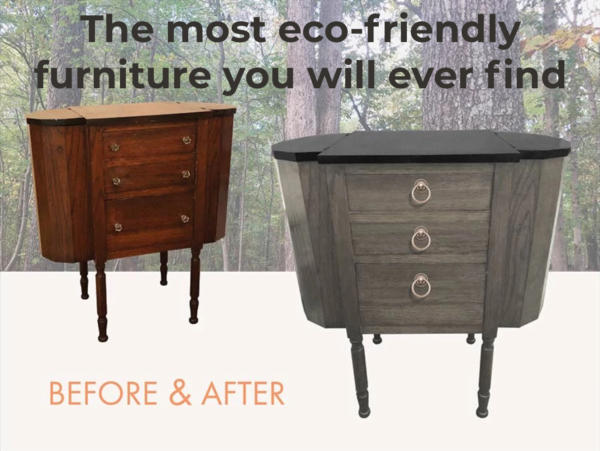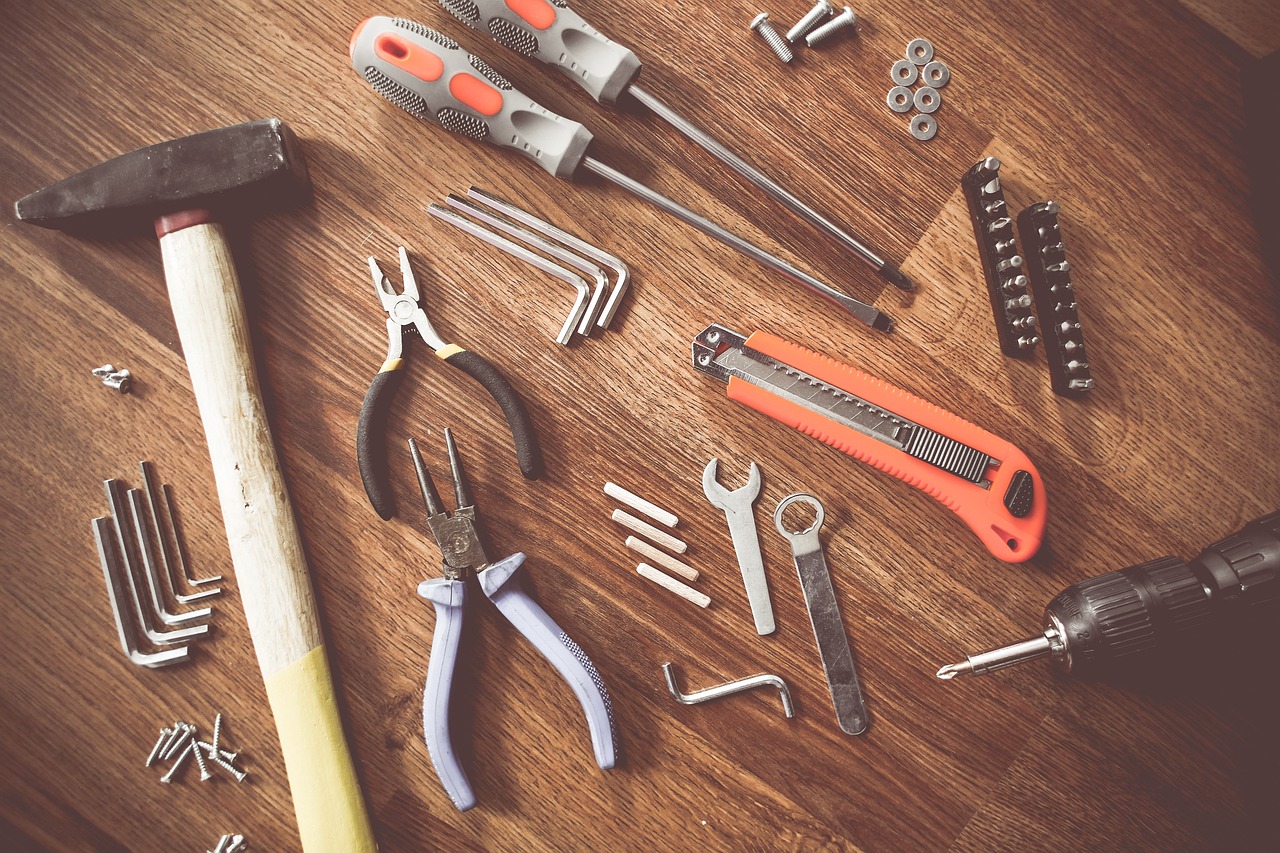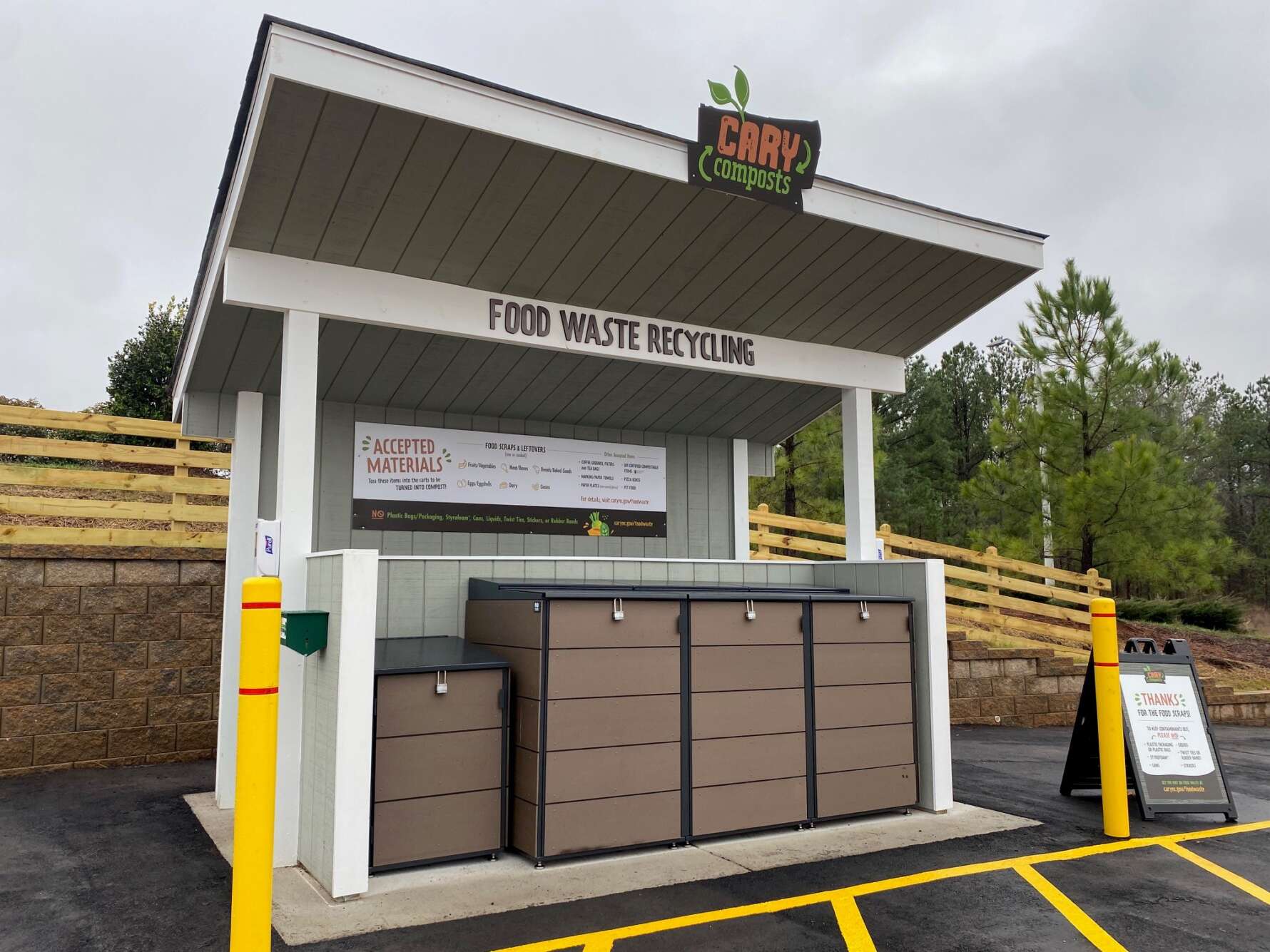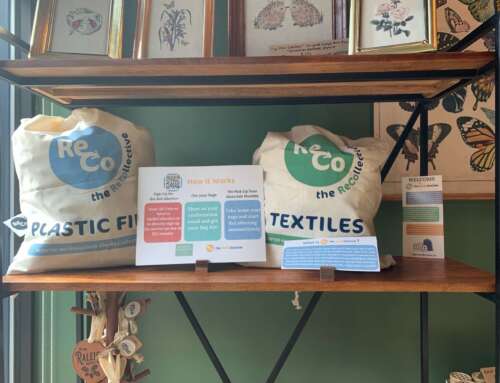The Most Eco-Friendly Furniture You Will Ever Find
The Most Eco-Friendly Furniture You Will Ever Find
Written By
Reused furniture is the most eco-friendly furniture you will ever find. Here’s why.
It takes a lot of energy to make new products from raw materials. Large amount of fossil fuels are needed to extract the raw materials and to manufacture, pack and ship the products. In addition, all these processes generate waste that pollutes air, water and soil.
When you reuse old furniture, the materials and waste generated in repairing, refinishing, reupholstering or adding new parts to your piece are minimal compared to those associated with new mass-produced furniture. If you do it locally, there’s even less fossil fuel spent because your furniture travels a shorter distance and doesn’t need packaging.
Typically, old furniture is made of solid wood and has good craftsmanship. Much of today’s furniture, by contrast, has veneers covering particleboard or plywood, making it easy to separate, chip — damage that requires more work to repair.
Most important, the quality of materials, workmanship, and design give old furniture real character.
When properly transformed, old furniture will look fresh and beautiful. Here are some before and after furniture examples.
Mass-produced furniture has a negative impact on the environment, especially with today’s high demand for new furniture in the United States.
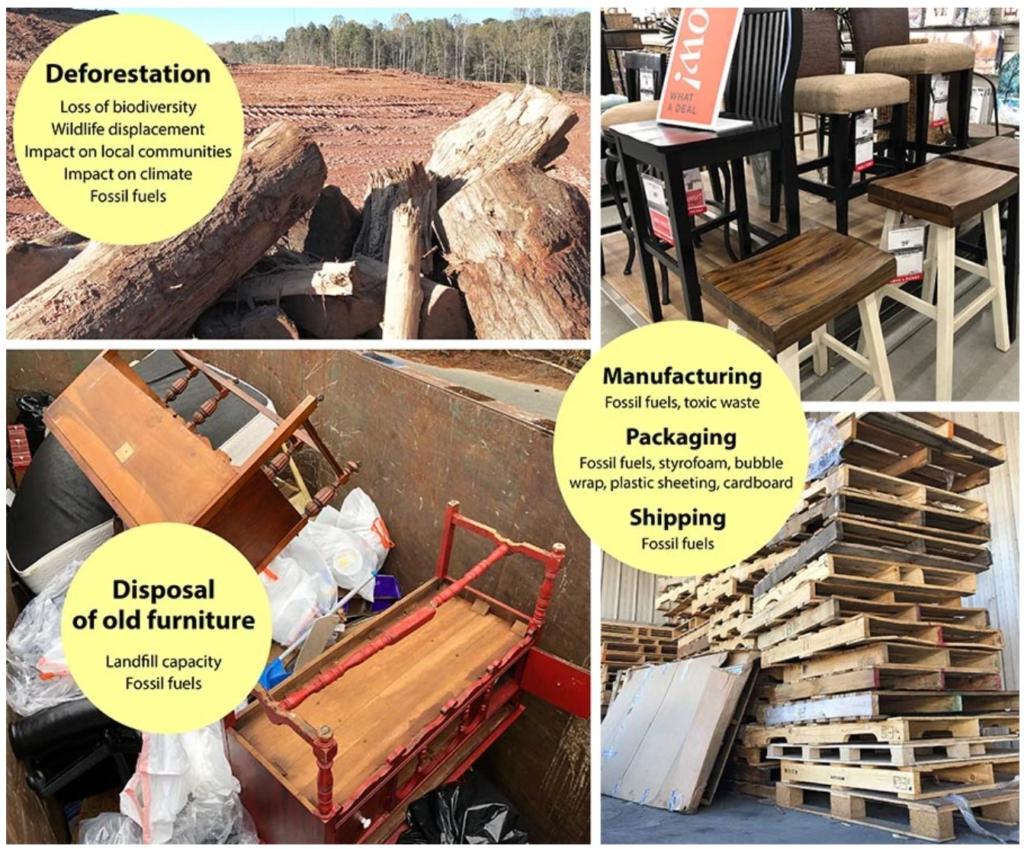
Photos: Gina Gaurisas-Wilson / Furniture Restyler
Deforestation
Forests all over the world are disappearing very rapidly as the demand for furniture, housing, and land for agriculture increases. We lose an estimated 18.7 million acres per year and all the biodiversity that they support.
The selective logging of so-called “sustainable forests” does leave some trees but compromises their health and longevity and drastically reduces the surrounding plant and animal biodiversity.
Since China’s domestic wood has been depleted, it imports from the United States, Africa and Russia to make low-cost furniture that is shipped to Europe and back to the United States.
IKEA, the global Swedish retailer of flat-pack low-cost furniture, uses 1% of the world’s wood.
Any kind of logging adversely affects the air and water quality and the livelihood of local communities. I’ll have much more to say about deforestation in later blog posts.
Manufacturing furniture
The furniture industry uses wood and wood composites (plywood, medium density fiberboard, particle board) to make furniture, all requiring high energy consumption. Solvents, alcohols, petroleum products, and acids are used in the finishing process. Toxic waste has to be properly separated and disposed of according to EPA’s regulations and municipalities. This waste, highly combustible, has to be transported to distant facilities where it is typically incinerated.
Packing furniture
Most materials used in packaging are energy-intensive to produce and not recyclable, like Styrofoam, bubble wrap, and plastic sheeting. Wooden pallets, cardboard boxes, and paper are recyclable, but too many trees are cut to produce them, and some end up in the landfill anyway.
Wooden pallets and shipping containers consume 44% of all the hardwood produced in the United States annually. Some pallets carry exotic invasive insects that decimate entire tree species in North America.
Shipping furniture
The combustion of fuel for ground, water, or air transportation releases greenhouse gasses that contribute to the change of our climate.
The fuel used in transport ships contains high levels of sulfur that are highly polluting. It accounts for roughly 3-4% of human-caused carbon emissions.
Disposing old furniture impacts the environment
Americans discard 12 million tons of furniture per year. Three-quarters of that, 9 million tons, end up in landfills, comprising 5% of all municipal solid waste.
In Wake County, North Carolina alone, every resident generates on average over a ton of garbage each year. Discarded furniture and mattresses combined make up 2.5% of Wake County household waste.
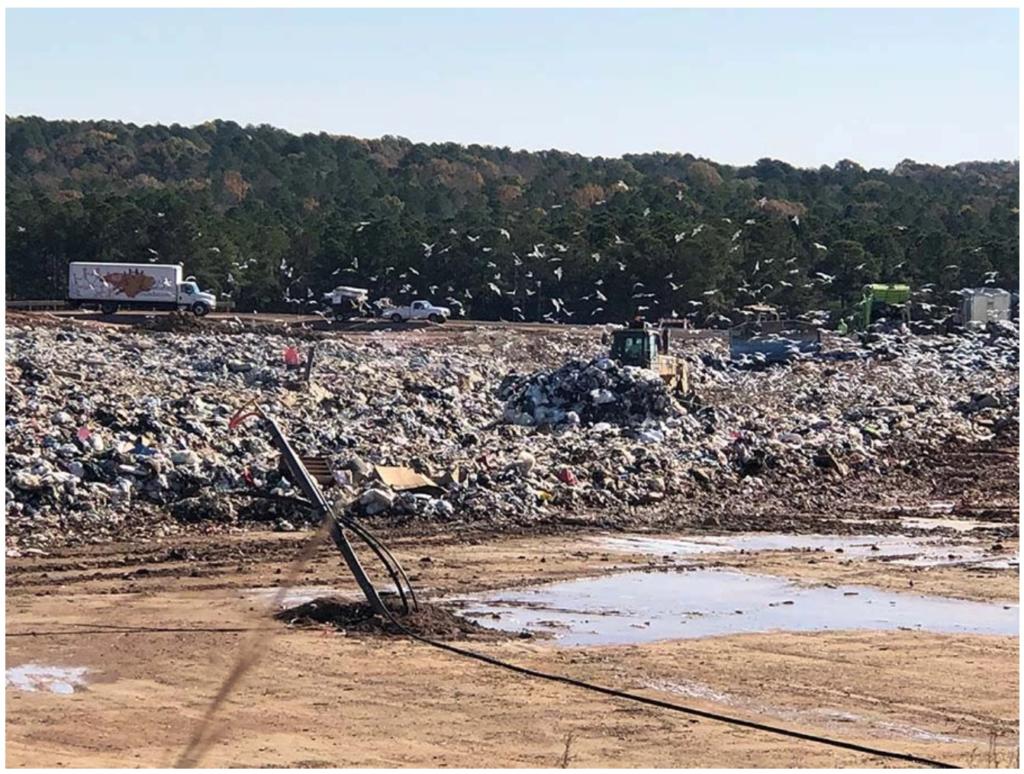
South Wake Landfill photo: Gina Gaurisas-Wilson / Furniture Restyler
Things we can do to be “truly eco-friendly”
Instead of discarding furniture, reuse, donate, sell, or give it away to someone who needs it.
Reusing
I give new life to old furniture by meeting the clients’ needs, style and budget. My expertise is design and quality transformation. See my before and after furniture
Donating
Call or check the website of your favorite charity to verify what’s accepted before you make the trip. For example, safety regulations prevent organizations from taking unframed mirrors, baby cribs and car seats. Some have size restrictions for furniture.
Recycling
Companies like JunkLuggers of the Triangle and Junk King haul your furnishings for a fee and dispose of them properly. Furniture in good condition goes to charity and some furniture parts are recycled.
Our individual efforts and actions make an impact locally and globally. Everything is connected.
Thanks for reading.


